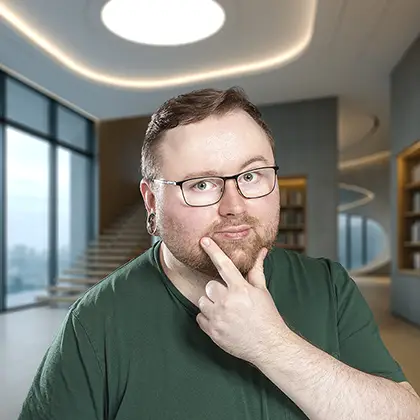In many cities and communities, suitable open spaces for children and adolescents are lacking. These essential places for meeting and socializing are becoming increasingly rare. Defensive urban furnishings and commercial seating in cafés, intended only for paying customers and consumption, have taken their place. The result is an increasing marginalization of young people in public spaces, who often feel unwanted and excluded.
Urban development seems primarily organized around consumption and the automobile. Our cities are filled with shops, cafés, and parking lots targeting paying customers. It's time we ask ourselves: Where is the space for our children and adolescents?
Not only are these developments unfair, but they are also short-sighted. Children and adolescents are an integral part of our society. Ignoring their needs or regarding them as nuisances is a mistake that hurts us all. After all, they are the future bearers of our culture, our economy, and our communities.
It's known that traditional youth centers and community facilities are not always sufficiently available or accessible. Public facilities like playing fields often suffer from the same issue, often scarce and poorly maintained. In certain cases, young people are even actively driven away from public spaces, as a recent ZDF report shows.
This classic scenario - teenagers gathering at the children's playground in the evening - is symptomatic of our outdated urban planning. Often, this is the only remaining place that meets all their needs. A place where one can linger for an extended time without any costs and have a good time with friends.
A study by the University of California highlighted the importance of public spaces for adolescents and stressed that they should be included in the planning and design of these spaces. The study shows that these spaces are critical places for young people to grow into healthy and productive members of society. It also underlines that all young people have the right to use and inhabit public outdoor areas without prejudice or consequences.
We couldn't agree more. Anyone who remembers their own childhood and adolescence, the places where they spent formative time with friends, will quickly understand how important such spaces of various kinds are. However, it is crucial that these spaces meet the needs of the current youth and are not planned by adults who have no direct reference to contemporary needs.
There are successful examples worldwide of spaces specifically designed for young people. The Esplanade Youth Plaza in Fremantle, Western Australia, the Factoria Joven (Youth Factory) in Spain, and the Block By Block program, conducted worldwide, are examples of involving adolescents in the planning and design of public spaces.
Other programs like the Public Workshop / TinyWPA in Philadelphia and The Alley Project in Detroit emphasize the role of young people as active designers of their own public spaces and communities. These projects demonstrate how involving young people in the design process can lead to a stronger connection to the created spaces and greater appreciation for the community.
It's time we take the needs of our children and adolescents seriously in urban planning. They are not just the future of our society, they are also part of our present. Their voices and needs must be included in the planning and design process of our public spaces. Only in this way can we create livable cities for everyone, regardless of age or social background.
It's not just a matter of justice, but also a matter of sustainability and quality of life. Public spaces open to all citizens, where everyone feels comfortable, are essential for social cohesion and the well-being of our society.
So let's work on giving our children and adolescents the spaces they need and deserve - not only for their own good but for the well-being of us all.
Inclusive urban planning and open spaces for children and adolescents are not a luxury but a necessity for the well-being of our society. Let's make our cities and communities places that are open and inviting for everyone, and offer a high level of quality of life, independent of cars and consumption. Because only in this way can we create a livable future for all of us.
Title photo by Matteo Paganelli.
This post was created with the support of artificial intelligence (GPT-4).







No comments yet
Add a comment